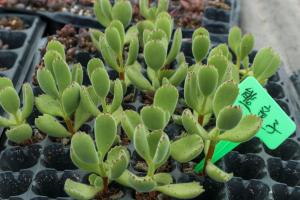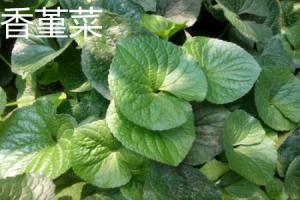Cutting branches can't be selected, and it's useless to cut them
According to different cutting flowers, the choice of branches is not necessary. Only by selecting the right branches can the survival rate be improved
1. Fresh and strong branches
When cutting grass flowers and vines in summer, we should choose the young branches of the current year, which has a high survival rate
2. Semi lignified branches
Generally speaking, semi lignified strong branches are preferred when cutting woody flowers in summer. Such branches take root faster and are not easy to die in the later pot

Cutting branches like this, big white roots come out
Many friends said that when cutting, the branches are very healthy, but why don't they live? A large part of the reason is that the cuttings are not handled well
1. How to cut cuttings
Cutting branches with oblique cutting will take root faster. It is recommended to cut them with a sharp blade at a 45 ° angle. In addition, in order to reduce consumption, 1 / 3 of the leaves can be cut off
2. Cutting branch length
The length of cutting branches varies according to different types of flowers. But generally speaking, the length of cutting branches of herbaceous and foliage flowers is 5-10cm and that of woody flowers is 7-15cm
3. Bud point of cutting branch
No matter what kind of flower is cutted, at least one bud point should be reserved on the cutted branches, preferably 2-3 bud points, so that the leaves can grow faster in the later stage

If the cutting medium is well selected, the rooting will be faster
Soil cutting is inseparable from the matrix. Many friends cut peanut roots very slowly because the cutting matrix is not well selected or there is no disinfection before cutting
1. Coarse sand
The coarse sand has large particles and good air permeability. It can be washed with water for several times before use. It can be used to cut green pineapple, ivy and so on
2. Vermiculite
Vermiculite has good air permeability and water permeability. Compared with coarse sand, vermiculite has higher nutrient content, which can promote plant rooting and is suitable for cutting of almost all flowers
3. Coconut bran
Coconut bran has good water retention and air permeability, and its own nutrients are sufficient to meet the growth of cutting flowers

The cuttings are not disinfected, and the black rotten rod comes to the door
If cuttings want to survive, disinfection is an essential step. Disinfection is divided into branch disinfection and matrix disinfection. So how? Learn from Huahua
1. Branch disinfection
The disinfection of cuttings is relatively simple. After handling the incision, soak it in carbendazim solution for about 5 minutes
2. Substrate disinfection
There are many methods of substrate disinfection, but the easiest way in summer is to put the substrate directly in the sun. There is basically no problem in drying for a day

Soil or water? You have to choose water plug in summer
There are two common cutting methods: soil cutting and water cutting. Compared with the two methods, water transplanting is simpler and takes root faster
1. Water insertion (take Gardenia as an example)
(1), the cuttings will be treated well, prepare a foam board and a plastic bottle. p>
(2), put a small hole on the foam board, cut Gardenia cuttings through small holes, so that gardenia can have a certain distance between the branches and the bottom of the bottle when it is put into the water, and will not affect the growth of root system in the later stage. p>
(3) Cut a knife across 1 / 3 of the prepared plastic bottle body. Do not cut it. Pour an appropriate amount of water into the bottle and put Gardenia into the bottle. Stick the cut with adhesive tape. Don't screw on the bottle cap
(4) About half a month later, gardenia will produce big white roots
2. Soil planting (taking jasmine as an example)
(1) Prepare the cuttings of jasmine branches, cuttings matrix and cuttings utensils. It is recommended to choose disposable plastic cups for cuttings
(2) Insert the jasmine branches that need cutting into the matrix and water them through
(3) In about 20 days, the cutted Jasmine can take root

Pay attention to these two points after cutting, and burst the pot in one month
The management after cutting in summer is mainly light and humidity. As long as it is properly controlled, the cutting will survive
1. After cutting, put the flowers in a cool and ventilated place, and then put them in a well lit place for maintenance after a week, but cover them properly at noon
2. If soil insertion is adopted, water shall be added to the matrix from time to time to ensure humidity. When the air is dry, spray onto the substrate surface properly. p>

That's all about cutting
If you have any other questions
Welcome to leave a message for Huahua~

 how many times do yo...
how many times do yo... how many planted tre...
how many planted tre... how many pine trees ...
how many pine trees ... how many pecan trees...
how many pecan trees... how many plants comp...
how many plants comp... how many plants can ...
how many plants can ... how many plants and ...
how many plants and ... how many pepper plan...
how many pepper plan...





























